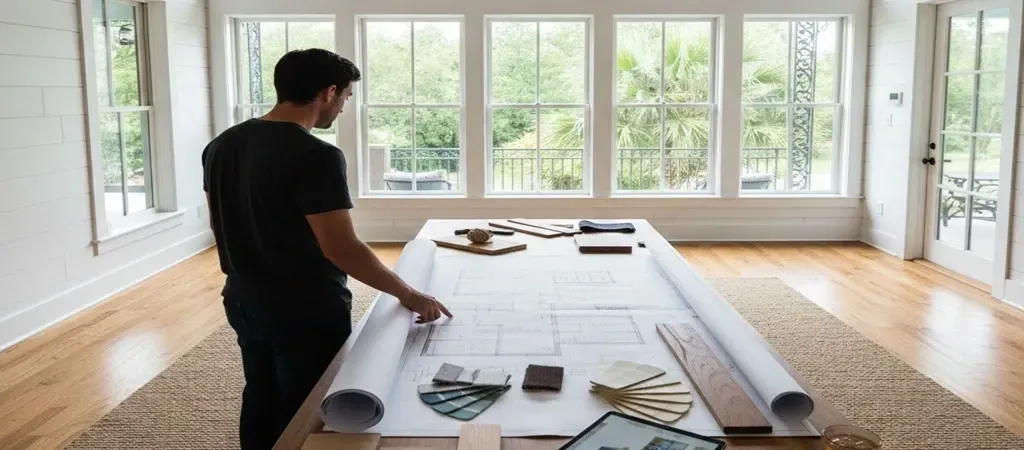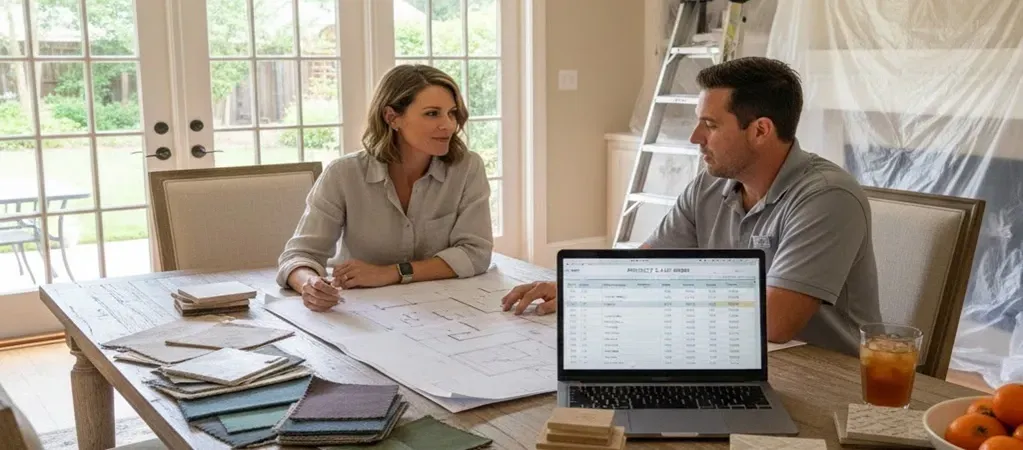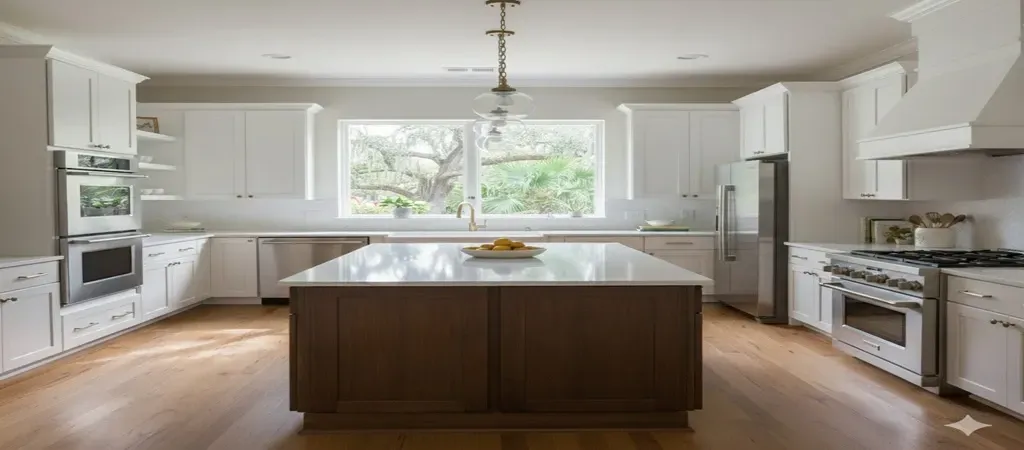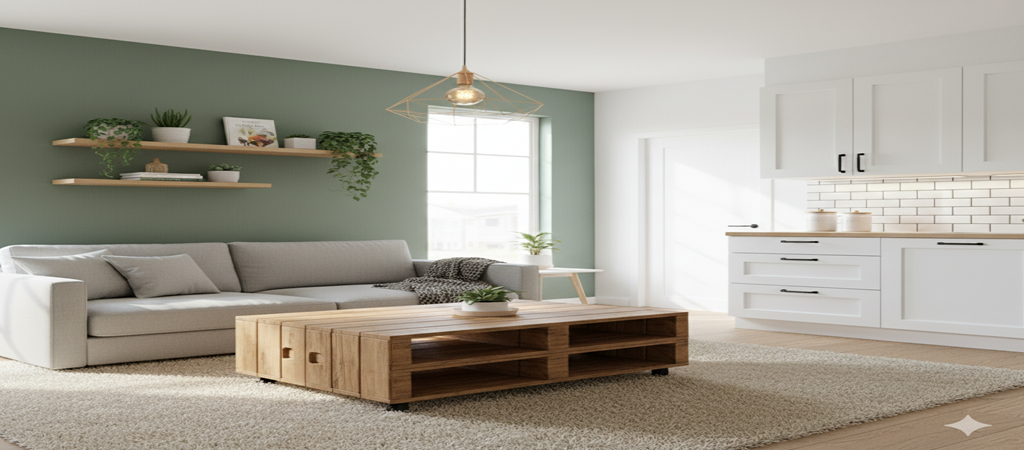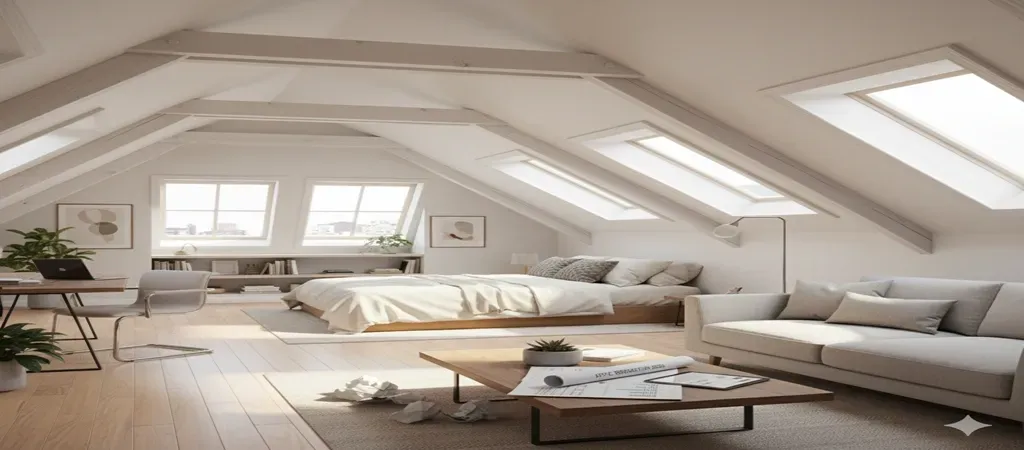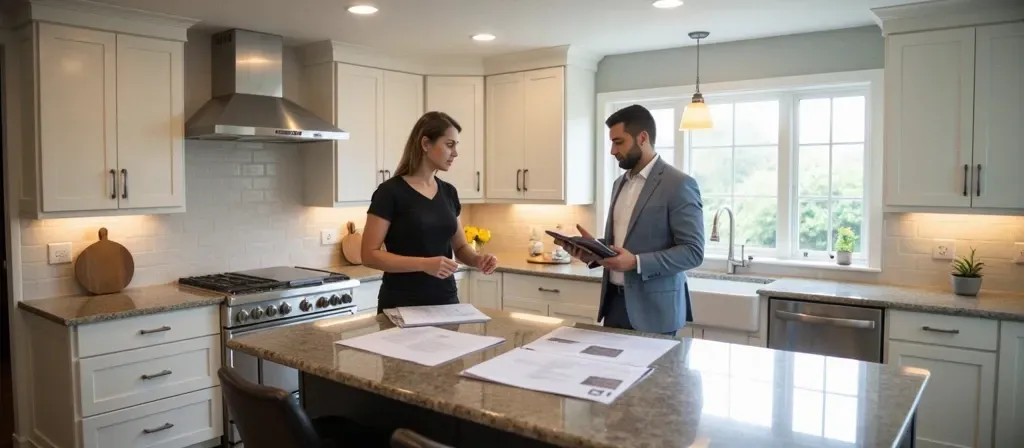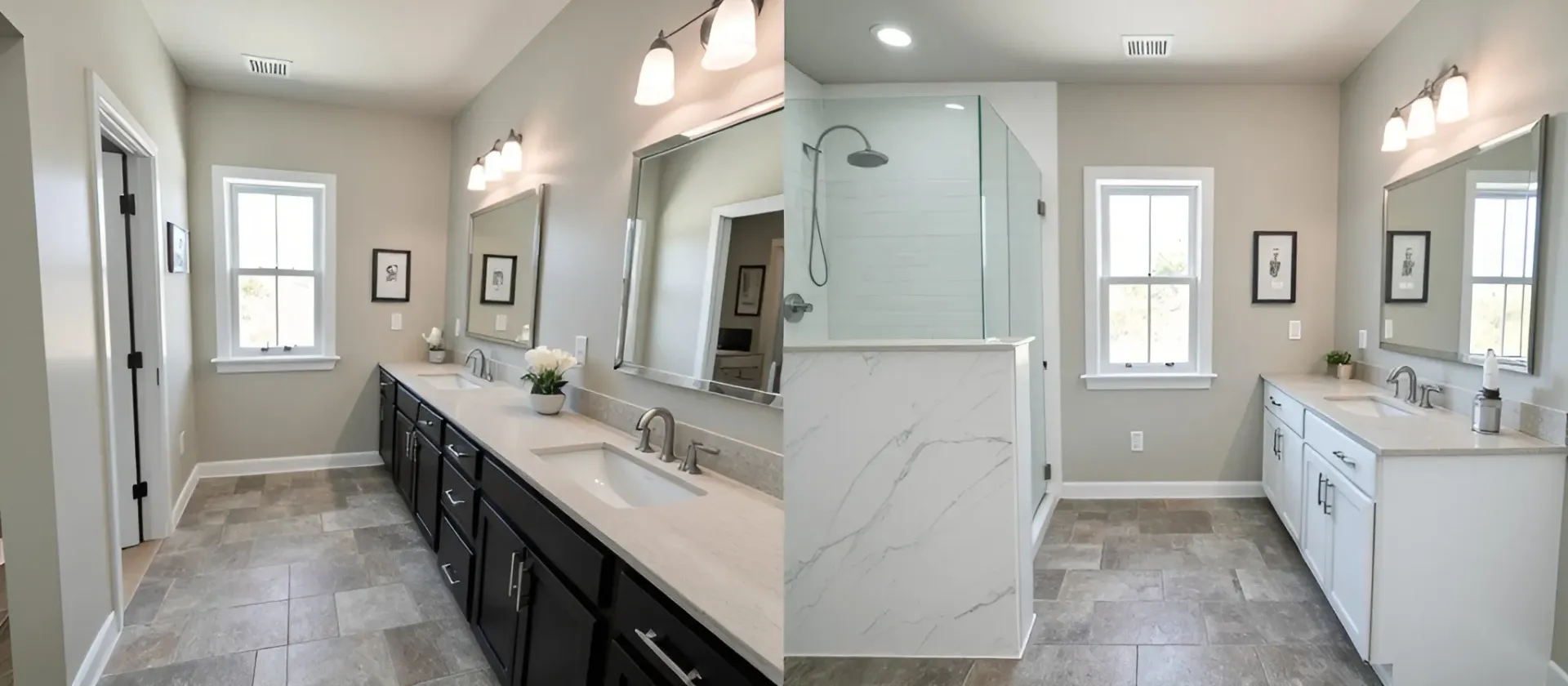How to Plan a Bathroom Remodel That Minimizes Water Usage
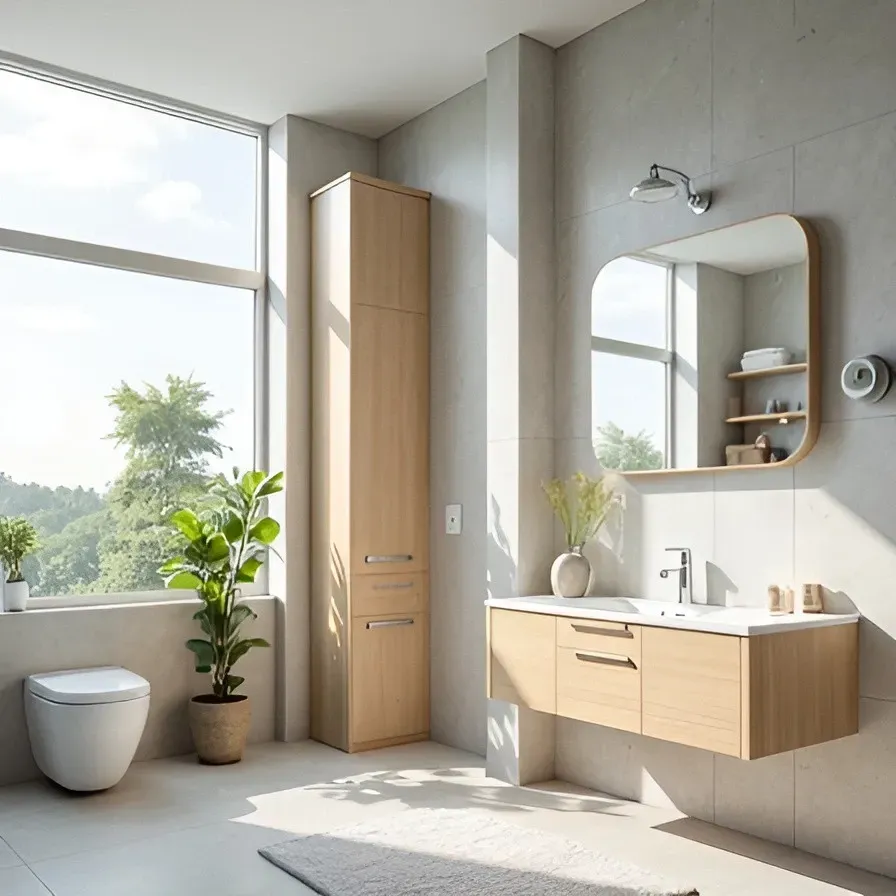
Bathroom remodels? Yeah, they can burn a hole in your wallet. But they’re also your golden ticket to cutting your water bill. Plus, helping the planet! Win-win.
Most people don’t clock just how much water their bathroom devours. Showers. Toilets. Sinks. It all piles up. But what if your new space could be sleek, modern and water-smart? Spoiler: it totally can. And no, you won’t be stuck under some sad, drippy shower to make it happen.
For even more inspiration, check out these
green and gorgeous eco-friendly bathroom remodeling ideas in Lafayette.
This guide? It’s your shortcut to a water-saving bathroom that still looks and works like a dream. Let’s get into it!
Step 1: Figure Out How Much Water You Use Now
Before changing anything, you need to know where you stand.
Take a look at your water bill. It usually shows how many gallons you use monthly. Next up—your bathroom fixtures. Time for a quick reality check.
- Showerhead: Anything over 2.5 gallons per minute? That’s a water guzzler.
- Toilet: If it’s old, it’s probably flushing 3–7 gallons at a time.
- Sink Faucets: Standard ones? 2.2 gallons per minute or more. Sneaky but wasteful.
If your fixtures are guzzlers, it’s time for an upgrade!
Step 2: Set Clear Water-Saving Goals
Now that you know how much water your bathroom burns through, set some realistic goals. Here’s what to aim for:
- Cut water use by 30%. Or more. More is always better.
- Step one? Ditch the water wasters.
- Swap clunky old fixtures for high-efficiency upgrades. Consider water-recycling options like greywater systems.
You might also want to check out these expert tips on bathroom remodels in Lafayette, LA for extra planning help.
Not sure how to hit those numbers? Keep reading!
Step 3: Upgrade to Water-Saving Fixtures (Without Losing Pressure!)
Your biggest water-savers? The right fixtures. And no, you won’t be stuck with a weak shower that feels like a drizzle.
1. Low-Flow Showerheads
Look for shower heads that use 1.5 GPM or less. But don’t worry. Modern ones still deliver great pressure while cutting water use by up to 50%.
Curious what's trending? Check out these 2024 bathroom and toilet design innovations for more ideas.
2. High-Efficiency Toilets (HETs)
Older toilets use up to 7 gallons per flush. A new 1.28 GPF toilet can cut that by more than half. Even better? Get a dual-flush model. It lets you pick a lower flush for liquids and a stronger one for solids.
3. Water-Saving Faucets
Standard bathroom faucets? Water guzzlers. Go for 1.5 GPM or lower. You’ll still get strong flow but save thousands of gallons per year.
These small changes can cut your water use by over 50%. That’s huge!
Step 4: Use Smart Technology to Cut Waste
Why rely on old-school plumbing when modern tech can help?
- Motion Sensor Faucets: They turn off automatically when not in use. No more water running while brushing your teeth!
- Hot Water Recirculation Systems: Ever waited forever for hot water? These systems deliver hot water instantly, so you waste less while waiting.
- Pressure-Reducing Valves: These control the water pressure in your bathroom, so you don’t use more than needed.
Step 5: Choose Materials That Save Water Too
Fixtures matter, but materials do too.
- Porous tiles: These require more cleaning (and water). Go for glazed or sealed options.
- Eco-friendly countertops: Some materials need way less water to make. Bamboo. Recycled glass. Quartz. All solid picks.
- Water-resistant paint: Huge win! Less moisture buildup. Less scrubbing. Less water wasted on cleaning.
Step 6: Install a Greywater System (Recycling at Its Best!)
A greywater system recycles used water from sinks and showers. This water can flush toilets or water plants. Some areas even offer rebates for installing one. Check your local rules!
Step 7: Smart Bathroom Design = Less Water Waste
Your bathroom’s layout impacts water efficiency more than you think.
- Place your water heater close to your shower. A closer water heater = less waiting. Less waiting = less wasted water. Simple math.
- Next up—tap aerators. Tiny add-on with a big impact. Cuts water use without killing pressure.
- And plumbing? Keep it accessible. Fast repairs = no sneaky leaks. Leaks? They’re the silent villains of water waste!
Step 8: Change Daily Habits to Maximize Savings
Your new bathroom will be super water-efficient. But small habit changes can help even more.
- Take shorter showers. Cutting just 2 minutes per shower saves gallons.
- Turn off the tap while shaving or brushing your teeth.
- Fix leaks immediately. A dripping faucet wastes hundreds of gallons a year.
Step 9: Cash In on Rebates and Incentives
Many cities and states reward homeowners for switching to water-efficient fixtures. You could get rebates for things like:
- High-efficiency toilets
- Low-flow showerheads
- Greywater systems
See with your local water department. Or check the energy provider to see what’s available.
Step 10: Maintain Your Water-Saving Bathroom
Your bathroom is now a water-saving machine, but maintenance is key.
- Check for leaks regularly. Even a small one can waste thousands of gallons.
- Clean aerators to keep water flowing efficiently.
- Inspect pipes to ensure no hidden leaks.
With proper upkeep, your new bathroom will save water (and money) for years to come!
Conclusion: Ready to Build a Water-Smart Bathroom?
Luxury or water conservation? Why choose when you can have both. The secret? Smart fixtures. Thoughtful design. Tiny habit tweaks. The result? A bathroom that’s drop-dead gorgeous and eco-friendly.
So, are you ready to turn your space into a water-saving machine? Contact our experts today!
If you’re still unsure where to begin, this guide on where to start when remodeling a bathroom can walk you through the basics.

